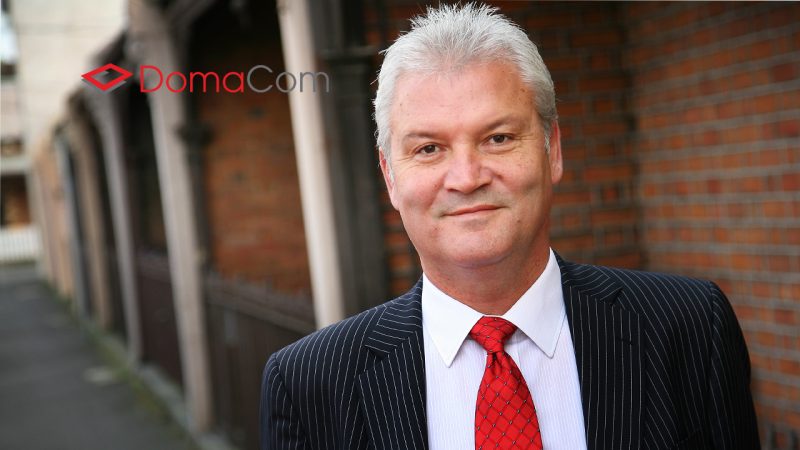Working Australians and businesses have been the understandable focus of the Federal Government’s financial assistance in the wake of the COVID-19-induced recession. But in the process, it seems senior citizens have been overlooked. Yet no one should doubt their financial pain with record low interest rates and the likelihood that dividend income will be cut by as much as 2/3rds over the next couple of years, affecting millions of our senior citizens.
The rush to withdraw money from super accounts is also unprecedented, indicating how badly the pandemic and subsequent loss of income has affected many people. Centrelink queues are the longest since the Great Depression days and millions of people are now effectively on the Government payroll via various rescue packages.
But these recipients are not, by and large, senior Australians. So, what is being done, or can be done, for this large demographic, representing about 20% of the population, who also happen to vote?
One area that’s been largely ignored is the family home. Long considered politically sacrosanct, the family home represents the most valuable single asset that most people have and although it appears a pillar of the government’s retirement income policy there is little meaningful debate about how this asset can be better utilised by senior citizens.
What we’re talking about here is accessing the equity in the family home and how that can be used by self-funded retirees to give them cash flow in retirement.
There are a couple of options available, but inevitably there are downsides depending on the circumstances of the individual or couple.
The Government Pension Loan Scheme (PLS), administered by the Department of Human Services, is one option but has limitations. It has not been widely used by seniors despite being available for more than 30 years.
Reverse mortgages helped bridge the gap but there are less than 35,000 contracts worth $3.5 billion with growth static for nearly 10 years. Quite clearly seniors haven’t embraced them.
They are a credit product that work on a variable interest rate that compounds over time. In 2012 there were around 20 providers but today there are only about five. Although the GFC hit this sector hard as global money markets dried up, there is a basic mismatch of time horizons for institutional money. Lending on short-term rates for long-term borrowers is not a sustainable formula.
Another type of equity release is called a home reversion scheme, a real estate product of which there is only one in Australia. The difference is, instead of borrowing as in a reverse mortgage, part of the equity is sold at a discount, meaning the provider gets more at the time of sale than they purchased.
Very strict postcode restrictions apply to both types of product, more so with home reversion, where postcodes are limited to mainly Sydney and Melbourne.
A fourth option has recently been launched, Senior Equity Release, which is based on selling a percentage of the home for cash or a regular monthly payment. By staying in the home, the senior is effectively renting part of the house from the investor. When the property is sold the investor gets exactly the percentage back that they purchased but at the sale price.
This is a fairer method with a more predictable outcome. The investor shares equally the profit, or loss, of the house with the owner, as well as sharing expenses such as home maintenance. Importantly the title remains with the senior.
A marked difference in this model is that family members can invest so the property can remain in the family on an arm’s length basis using an ASIC registered product that clearly details the arrangement, minimising the risk of a dispute.
Here are some statistics from ASIC’s Review of Reverse Mortgage Lending in the Australia Report from August 2018 that illustrate the potential for home equity release.
There is an increasing role for equity release products as evidenced by the population of older Australians growing at an increasing rate.
From 2014 to 2054, the number of people in Australia between 65 and 84 years of age is likely to more than double (increasing by over 4 million, from 3.1 million in 2014 to 7.0 million), and the number of people over 85 years is expected to more than quadruple.
These trends will affect demand for equity release products.
More than $500 billion of Australia’s home equity is held by consumers aged over 65, and about 70% of Australians aged 55–85 own their home outright.
In 2014, only 62% of couples and 38% of single people were on track to reach a comfortable retirement income.
Although consumer demand for reverse mortgages has risen gradually since the 2008 GFC, most consumers still have negative overall perceptions about equity release products such as reverse mortgages.
A Productivity Commission report has noted that the family home remains an untapped source of retirement income. “Older Australian home-owners on low incomes could achieve a modest retirement living standard over the remainder of their lives by drawing on their home equity.”
If this fractional equity release financial product meets the Government Downsizer legislation, senior Australians will have the opportunity to age in their own homes while drawing down debt-free equity from their home to top up their super and increase their retirement income.
Although the Government has not yet defined how the family home works within the retirement income policy framework, perhaps this model of equity release can deliver a solution that will have broader appeal – and help solve a pressing social need.

